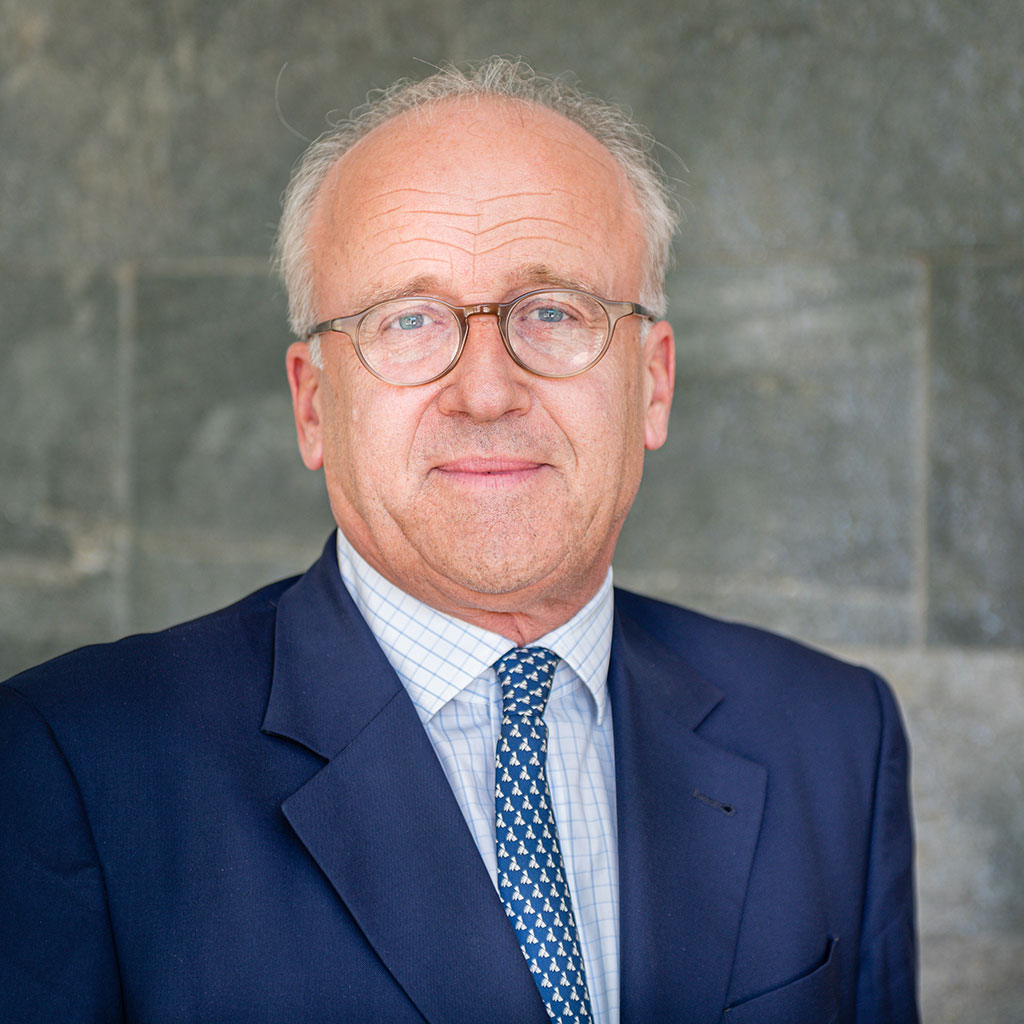Turbulence is having a lasting impact on the poultry sector
Leopold von Drechsel, WIMEX Agrarprodukte Import und Export GmbH, President European Poultry Club (EPC)
Actually, the poultry industry could consider itself lucky. While meat consumption in Germany is declining overall, demand for poultry meat is stable. Globally, poultry is at the forefront of meat production: And the trend is upwards. This is because poultry meat is inexpensive, of high nutritional quality and scores very well in the ecological balance sheet compared to other types of meat.
So no reason to complain? The answer is a clear "Unfortunately, yes!" Because the rise in prices for feed and energy unleashed a wave that has been almost unstoppable ever since. Postponement of stabling, empty barns up to farm closures - both in primary production and in the upstream and downstream sectors -, the industry is under massive pressure. It is not only the increased production costs that make it very difficult for poultry farming. The constant hits from avian influenza with its catastrophic consequences for farms - not to mention the suffering of the animals - do not make it any easier. Hopes for an effective vaccine are high, but the political framework conditions, which lack any clarity, consistency and security, take away the desire of poultry farmers. Without stable and predictable framework conditions, every economic sector loses strength and future-oriented investments.

In December 2022, the German Federal Ministry of Food and Agriculture (BMEL) issued key point papers with minimum requirements for the keeping of turkeys and for the keeping of pullets, laying hen and broiler parents as well as brother cocks. In these papers, significantly reduced stocking densities are proposed for almost all poultry species. For turkeys, 40 kg LW/m² for cocks and 35 kg LW/m² for hens are particularly disproportionate. For comparison: The stocking densities of the Initiative Tierwohl (ITW), in which food retailers and the poultry industry sit at the same table and negotiate animal welfare standards, are 53 kg LW/m² for cocks and 48 kg LW/m² for hens. And looking to neighbouring countries: The Association of European Poultry Processors (AVEC) has proposed stocking densities of up to 63 kg LW/m² for cock and hen in its management guide for fattening turkeys at the end of 2022.
The BMEL's demands therefore completely ignore reality. The cost disadvantages for German producers would lead to turkey meat production moving abroad with lower standards. Austria is already a negative example. Since the stocking density for cocks and hens was reduced to 40 kg LW/m², only 30 % of the demand for turkey meat can be met from domestic production.
The poultry industry is open to further improvements in animal welfare. In international competition, however, these cannot be achieved on their own, but only through harmonised husbandry standards at EU level.
In February of this year, the European Food Safety Authority (EFSA) published two expert opinions on the animal welfare of laying hens and broilers with corresponding husbandry recommendations as part of the ongoing revision of EU animal welfare legislation. According to these, restrictions on animal health and welfare are to be expected in broiler farming with a stocking density of more than 11 kg LW/m². The EFSA therefore recommends a reduction to only 11 kg LW/m² per broiler. For comparison: According to the ITW sectoral agreement, a reduced 35 kg LW/m² (level 2, housing plus) is already implemented today, 10 % less than legally required.
Participation of professional organisations and associations? Not at all. Impact assessment for the farms? Not at all.
Many European countries, above all Germany, have high animal welfare standards. Globally, significantly higher than in the rest of the world. The poultry sector is always open to improvements and does not refuse to follow developments. However, in line with the principle of sustainability, the economic viability of production must not be completely ignored in all efforts to improve animal welfare. So why is the Borchert Commission's future concept, which was developed scientifically and at great expense, still lying unheeded in a drawer? It would give livestock farmers a clear perspective!
We in Germany would like to continue producing regionally and sustainably produced food with the highest quality standards - but please under expert, animal-friendly and also economically reasonable conditions. We know that this is in the consumers' interest. We see it every day at the shop counter.
